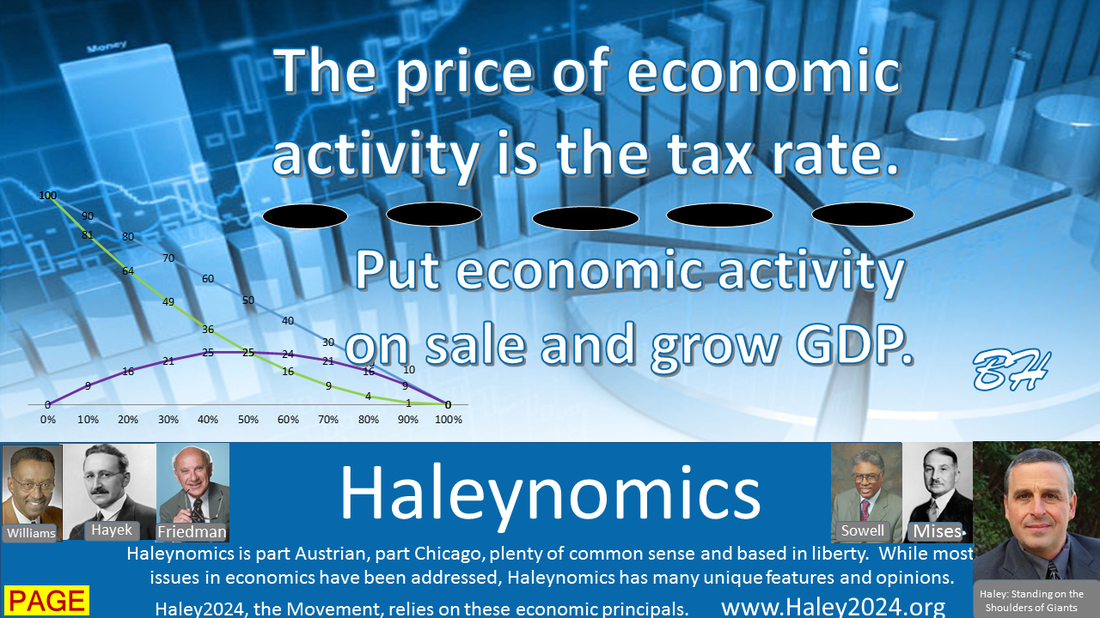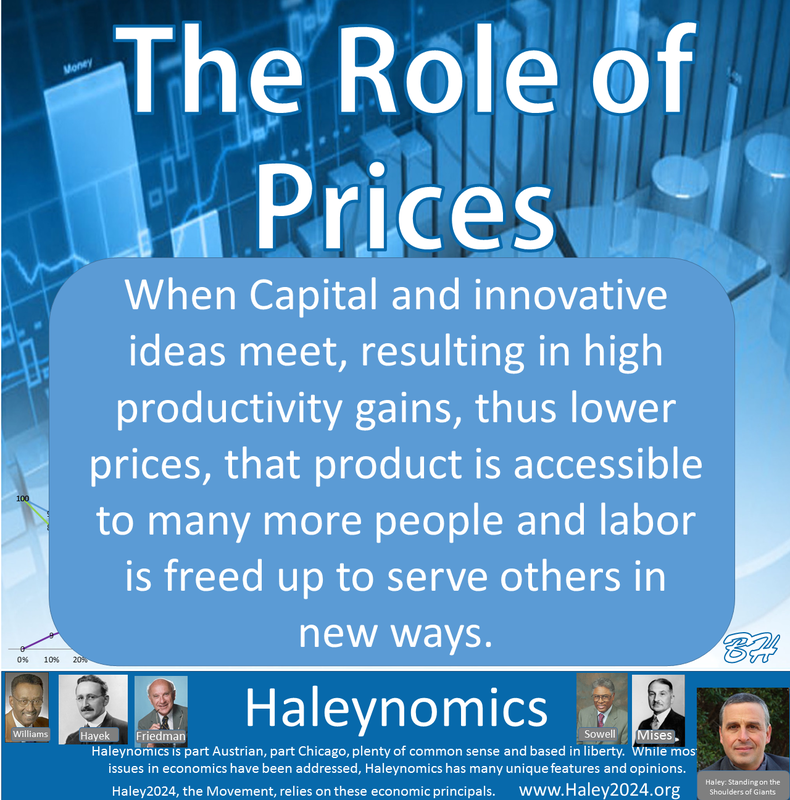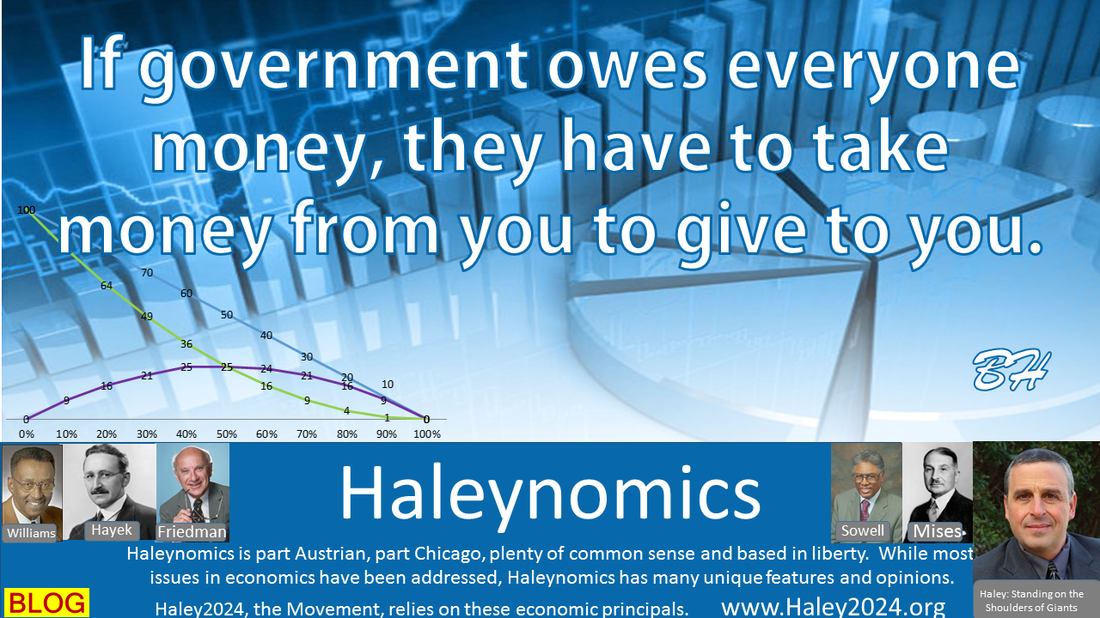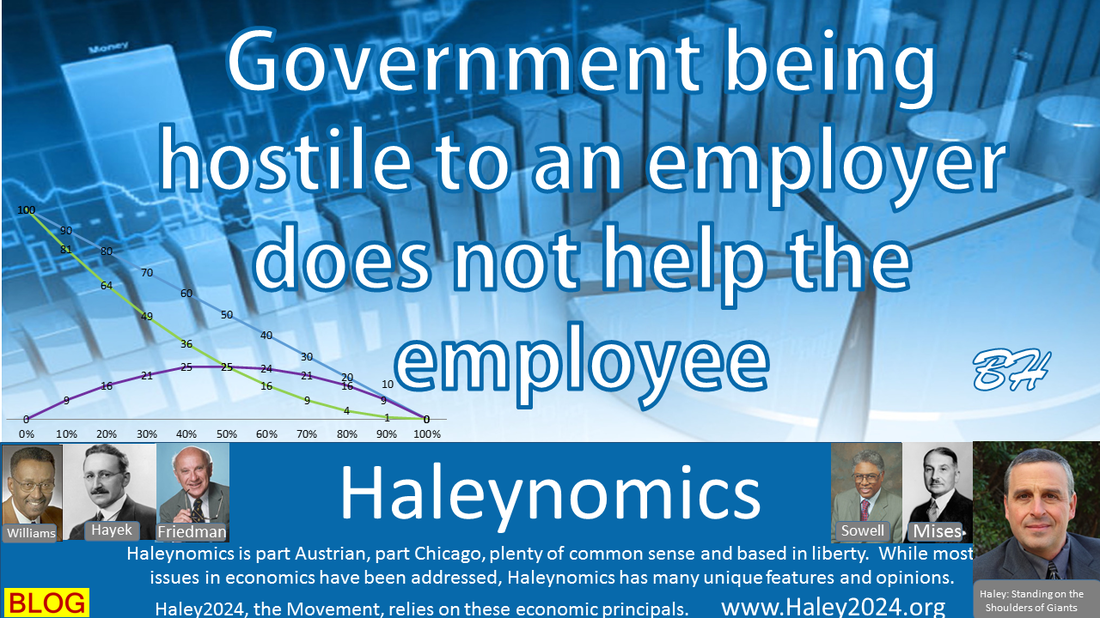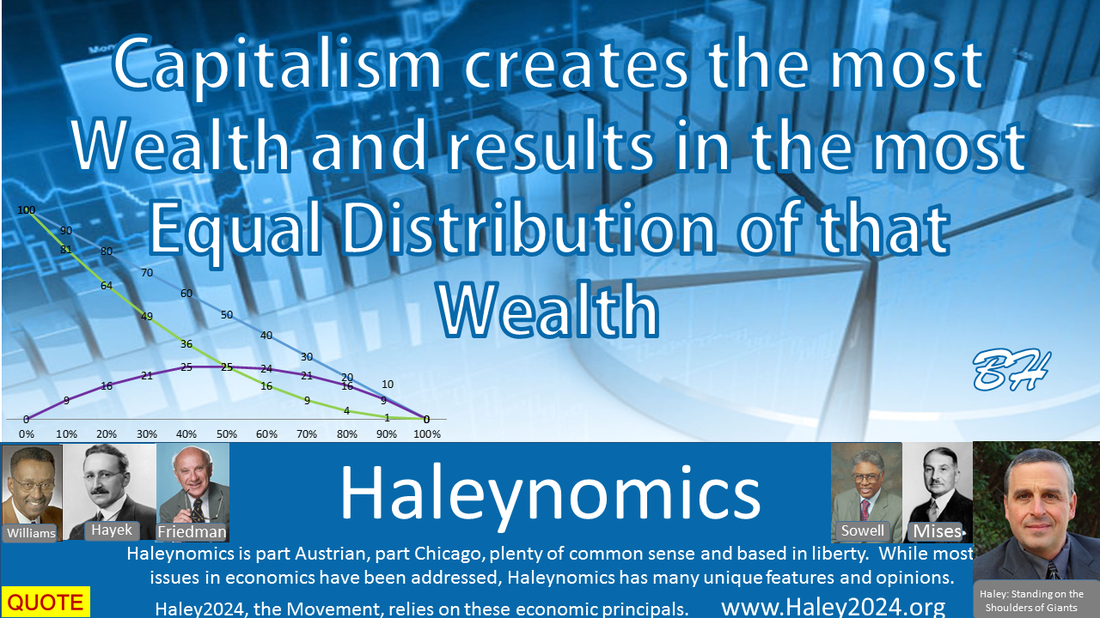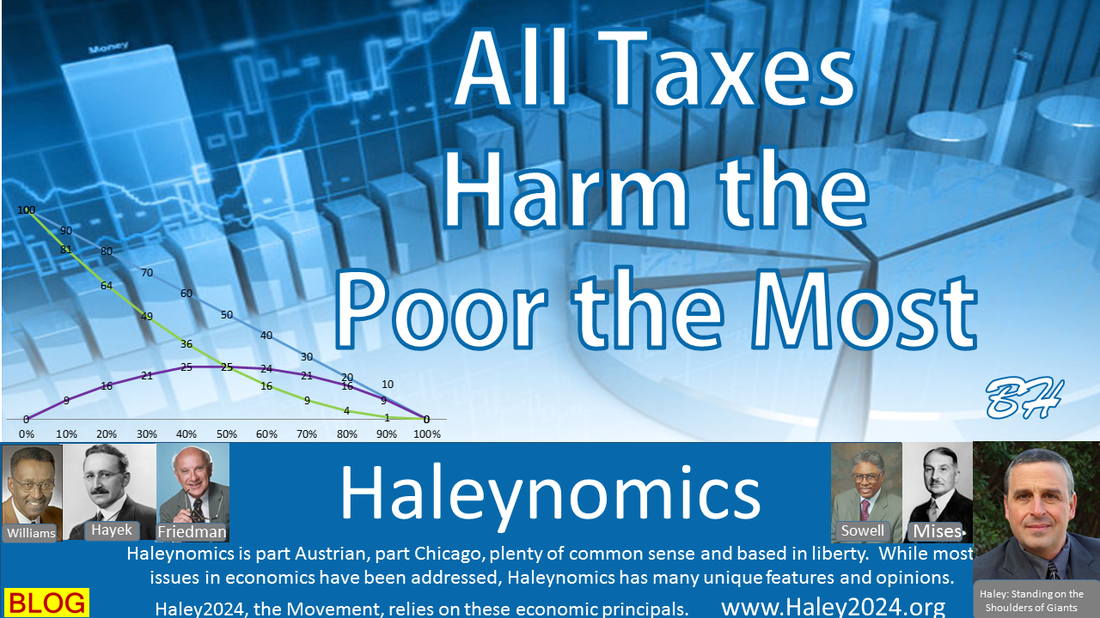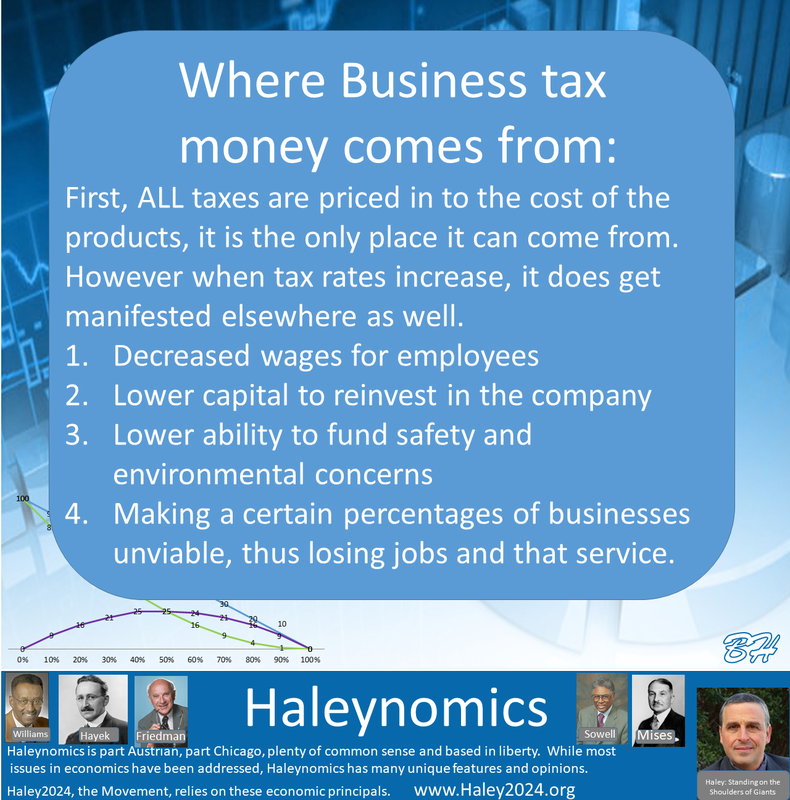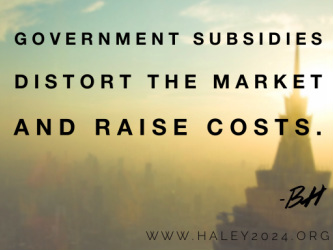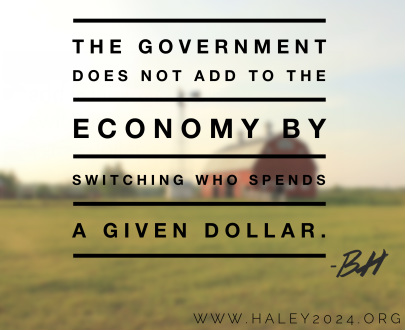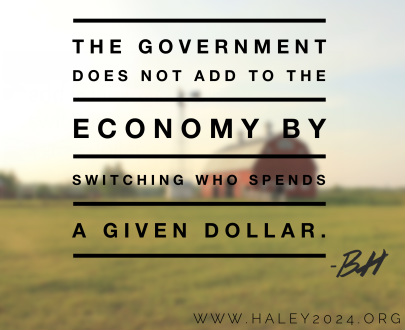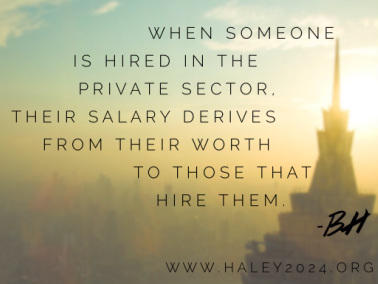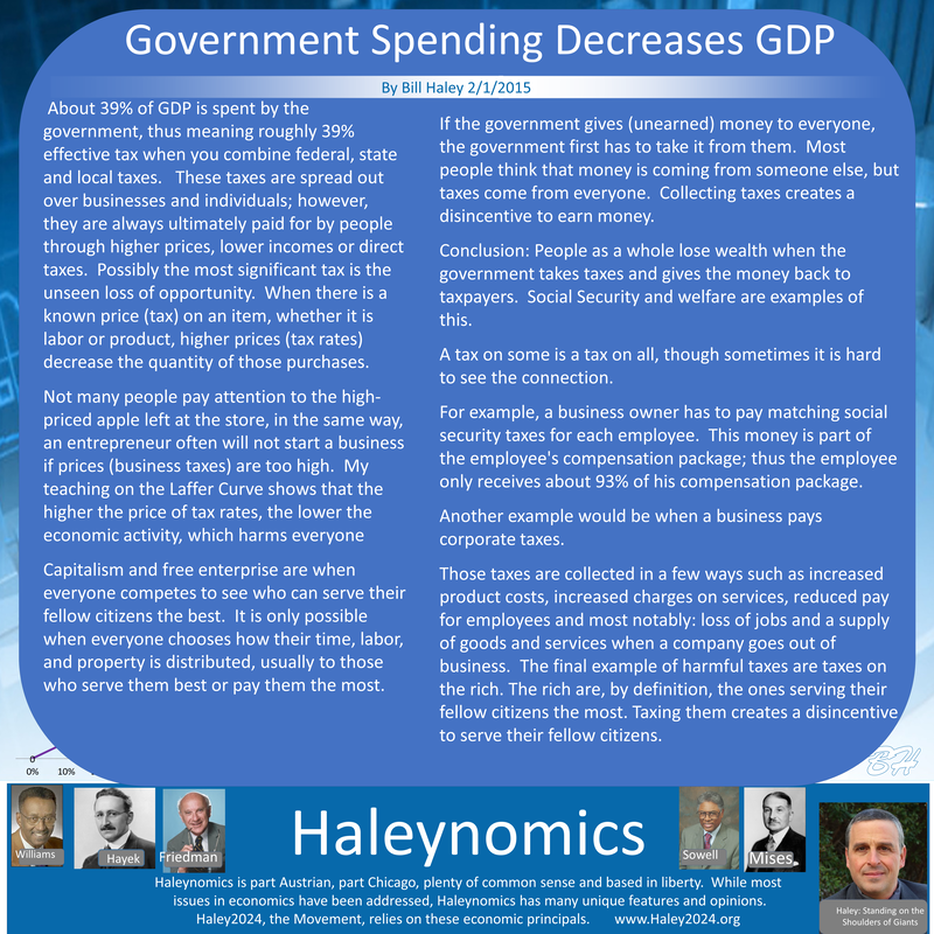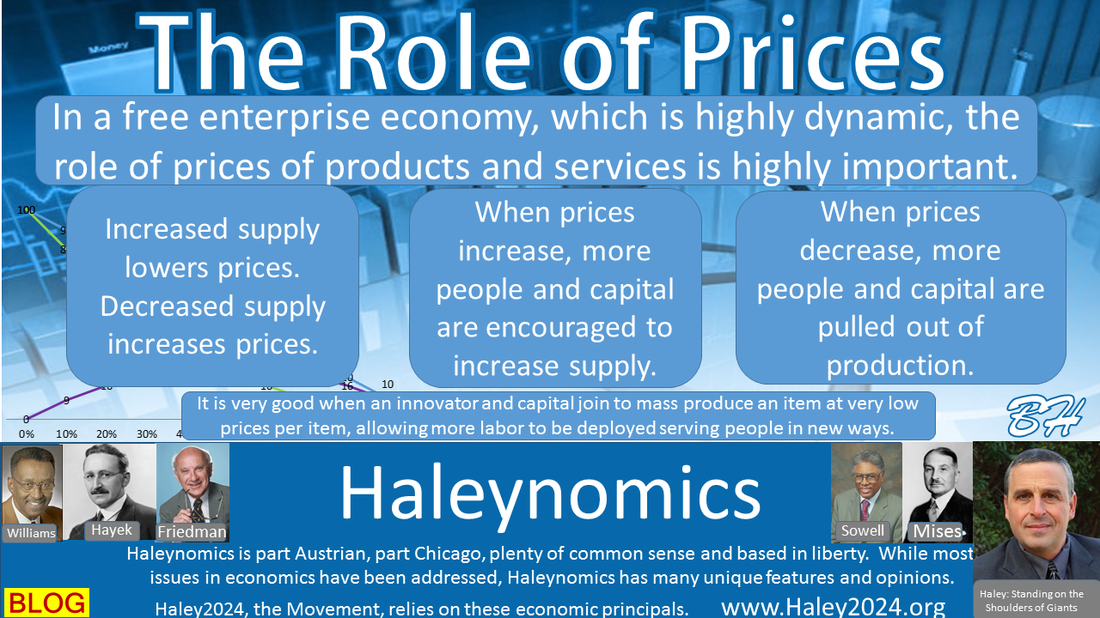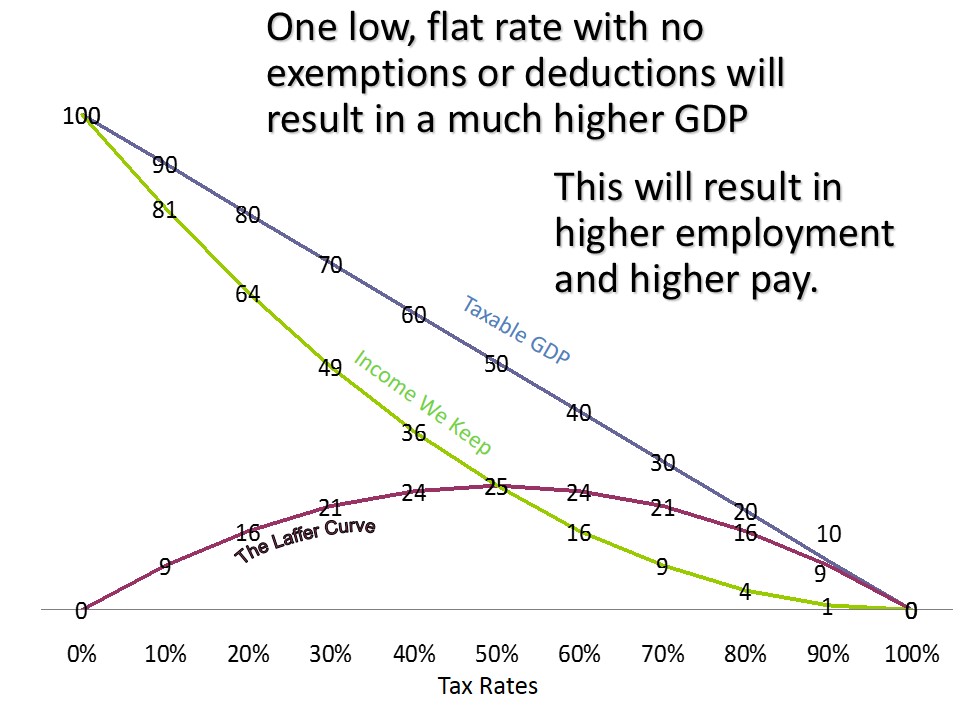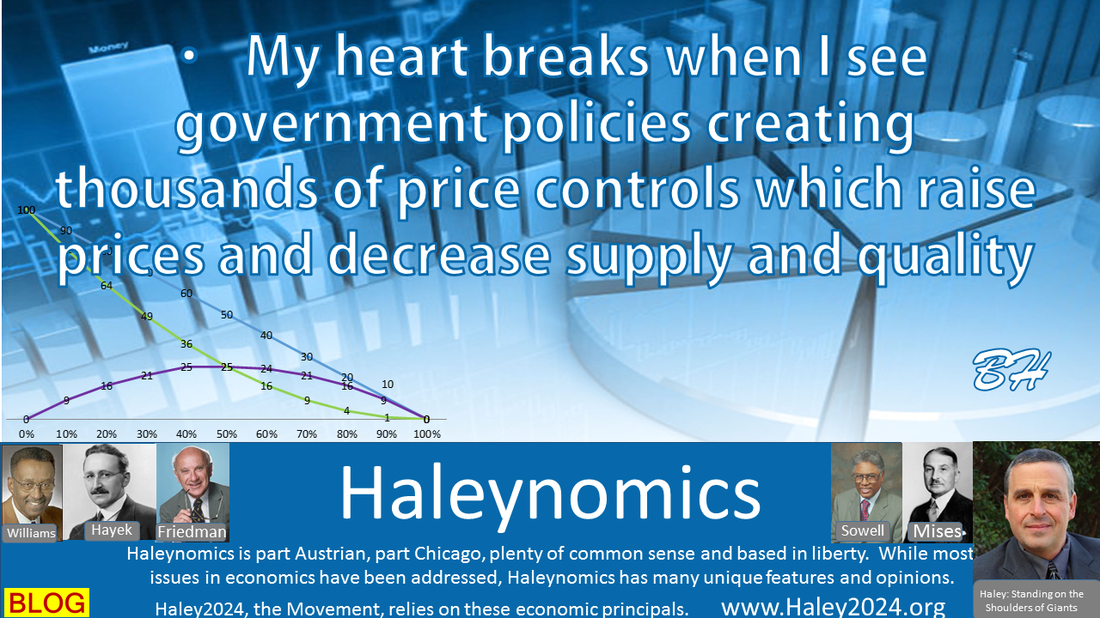| Let’s say that there are two apple farmers in town. One has a lot of education and experience. He also is married; thus he can commit more responsibility to his apple business because his wife is taking on much of the other responsibilities. This experienced and skilled farmer trims, fertilizes, harvests, plants, markets, stores among other business related duties with great skill. |
| The other apple farmer makes many mistakes because of his inexperience, lack of education and he is a single dad thus has primary responsibilities outside his business. The better farmer yields a more abundant harvest and far better looking and tasting apples. His apples last longer and are generally preferred by the consumer. |
| Let’s say they both set up shop every Saturday at the farmer’s market and both price their apples at $1 an apple. At first, the skilled farmer’s apples sold much better, taking in $500 versus $50 for the other farmer. The second Saturday, the less experienced farmer dropped his price to $0.80, so he did not have to take most of his apples back home. This time the better farmers sold $350 compared to $150 for the other farmer. The third week he dropped it to $0.70 per apple, and this week the better farmer sold only $300 and the other farmer $200. |
| The less experienced farmer did not like making less money than the skilled farmer, however, he realized the other apples were better. He could barely make it on $200 a week; however, he knew he could learn better business practices, better-growing skills and in time, increase his prices, because his apples would be more valuable when he became better at trimming, fertilizing, harvesting, planting, marketing, storing among other skills. |
| The fourth week, the cop showed up at the farmer’s market and told the less skilled farmer that he needed to increase his prices to a minimum of $1 an apple. The farmer said, "but I will only sell just a few apples that way, the other farmers' apples are better than mine, and all the shoppers will just buy his." He further stated that he needed to use price to compete for the customers. He said that over time he will be able to increase that price because his apples will be just as good as the skilled farmers’ apples, but at this time, he needed the lower price. |
| The cop stated that the government needed to ‘protect him’ from low wages and therefore he needed to price his apples at $1 an apple. The less skilled farmer stated that my income will only be about $50 a week instead of $200, so PLEASE STOP protecting me! The practice of trial and error as I make only $200 a week is much better for me then for me not to make any and pay to go to school to learn the apple business. Over time this is my best option. The cop stated that any apple he sold under $1, he would have a $100 fine. |
| The next week the farmer stood before very ignorant, yet high and mightily arrogant politicians to plead with them to allow him to trade with consumers that would make both the consumer and him, the farmer, better off. The politician stated that the more experienced farmer stood before them a few weeks back and told of your very hard life. They stated that the experienced farmer claimed you were not making a living wage and felt very sorry for you. |
| The politicians stated that they were convinced that you needed to make at least $1 per apple so you could support your family; therefore, we passed a law, and you need to be grateful to us because we increased your income. The less skilled farmer stated, that since I had to increase my price up to a $1 and apple, the skilled farmer sells out of his apples by noon and takes home over $500 where before he worked until 5 pm and took in only $300. |





































































